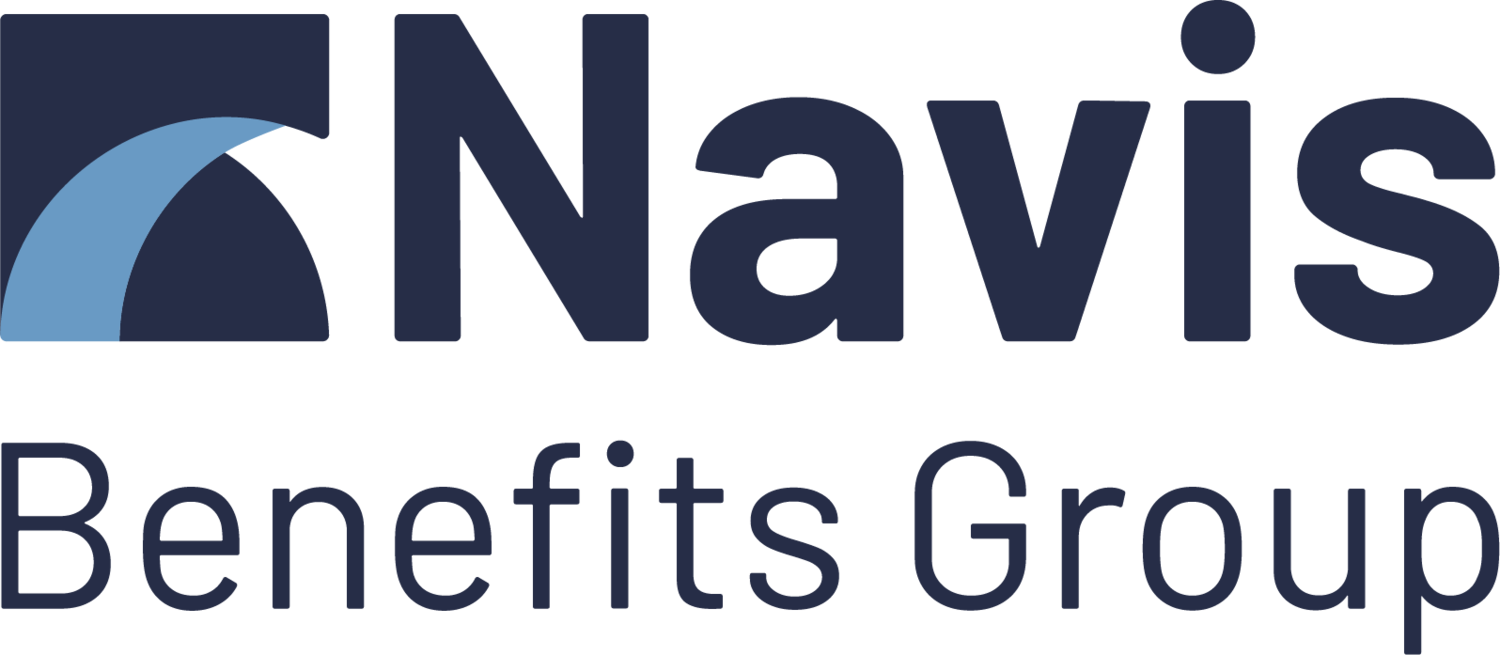Mental Health Awareness meets Disability Insurance Awareness
The month of May highlights two particularly important and related topics when it comes to Employee Benefits: Mental Health Awareness Month, and Disability Insurance Awareness Month.
Rates of depression, anxiety, substance abuse, and burnout have spiked since the pandemic. Employers have made substantial progress raising awareness of the importance of mental health, and enhancing benefits related to mental health. However, many Employers have overlooked updating a key benefit as it relates to mental health and disabilities.
Most mental health benefit offerings focus on preventative care, and education.
Employers are placing more emphasis on work-life balance, flexible working arrangements, and even provide mental health days to their employees as an addition to the overall PTO package. Take a day when you need to for your own mental health benefit! More commonplace benefit offerings provide workers access to mental health providers more easily and discreetly and offer both in person and virtual therapy options.
Where do many Employers fall short?
Preventative benefits are great, but “disabilities happen. In fact, 25% of all working Americans between ages 18-65 will experience a disability for at least 90 days. A leading cause of disability is what the insurance industry categorizes as “mental and nervous” disabilities. This includes disabilities caused by illnesses such as depression, anxiety, bi-polar, schizophrenia, and substance abuse.
Many Employers’ Group Long Term Disability (LTD) and Supplemental Disability Insurance (IDI) plans limit benefit payments for a disability categorized as a “mental and nervous disorder,” to 24 months! This limitation applies only to disabilities categorized as mental and nervous related, unless confined to a facility. No other “type” or cause of disability is subject to a 24-month benefit limitation.
Considering that mental health related claims, including substance abuse, is a top cause - and growing cause of claim, employees are under-protected in a serious time of need. The “disability” does not stop after two years, but the benefit payment will stop unless the insured remains confined to a facility.
With the improvements and options available today for out-patient care, and so many American workers battling to return to work, a 24-month limit to benefit payment “unless confined”, is a restrictive and outdated benefit.
True, the 24-month limitation does provide risk and cost containment for Group LTD plans. It is not a restriction found in other benefits such as health insurance plans; so why should the restriction be in an employer’s Group LTD or Supplemental IDI plan?
Two especially important topics collide in May: Disability Insurance Awareness and Mental Health Awareness Month. It is a great reminder for Benefit Professionals and Employers to consider removing the 24-month limitation from your Group LTD or Supplemental IDI plan. Instead, offer a Full Duration Mental/Nervous Protection feature in your Group LTD and Supplemental IDI plan.
If you need help securing this protection at an affordable cost, Navis Benefits Group can partner with you to help
